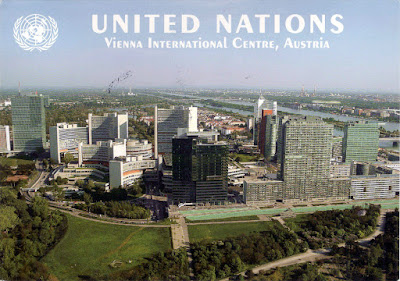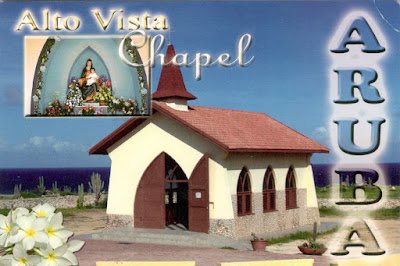 |
| 1895 Saint Martin - Marigot seen from the Fort Saint Louis (1) |
Marigot is the main town and capital of
Saint Martin (officially the Collectivity of Saint Martin, an
overseas collectivity of France, which encompasses the northern 60% of the Caribbean island of
Saint Martin, while the southern 40% of the island constitutes the Dutch
Sint Maarten). Located on the west coast, it extends along the Bay of Marigot and the hills of the interior of the island to the east. On the south-west it is bounded by the Simpson Bay. it has 5,700 inhabitants, and is separated from
Anguilla by the Anguilla Channel.
 |
| 1896 Saint Martin - Marigot seen from the Fort Saint Louis (2) |
Originally a fishing village on a swamp (marigots) for which it was named, Marigot was made capital during the reign of King
Louis XVI, who built in 1767
Fort St. Louis on a hill near Marigot Bay, after plans sent over directly from
Versailles. Following the events of 1789, the fort was temporarily occupied by the Dutch to prevent the further spread of revolutionary democracy which had reached the island from
Guadeloupe. In nowadays it is not only the most important building in Marigot, but the largest historical monument in Saint Martin.
 |
| 1897 Saint Martin - Marigot and its bay |
Today, Marigot is an appealing spot with brightly colored houses, a scattering of restaurants and lively produce and crafts markets. At the southern end of town down by the harbor is the Marina Port la Royale, elegant stores with the latest in European designer fashions and fine jewelry, all free of tax. The entire town is only four streets wide, so it is very easy to get around. It is also a great base for exploring Saint Martin’s secluded beaches and its more vibrant, family-popular ones. Kept temperate by trade winds, Marigot stays warm and sunny year-round.
 |
| 1898 Saint Martin - Maritime Station in Marigot |
One of Marigot’s main streets, Rue de la République boasts 19th-century traditional facades that have for the most part retained their architectural authenticity. The ground floors of these dwellings are of stone and lime mortar construction, while the first floors are wooden and built using traditional house construction methods. Facades face the street and have at least one upstairs gallery decorated with friezes, known as gingerbreads, and finely tooled balustrades.
























































